“The bluebird carries the sky on his back,” wrote the American author and naturalist Henry David Thoreau.
The Concord bird of which he spoke, of course, was the Eastern Bluebird. Had he been to the Rocky Mountains though and seen the Mountain Bluebird, he would have had no doubt which species really carries the sky. The male Mountain Bluebird seems to have been dipped from head to tail in the purest sky blue, a color so striking that visitors from the East often catch their breath at first sight of this high altitude beauty.
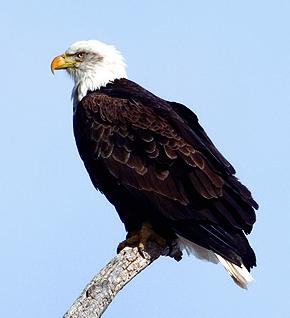
Montana is one of only two states that are home to all three species of bluebirds—Eastern, Mountain and Western. Its landscape holds some of the most diverse habitat in the country—from the near-rainforest conditions of the northwestern corner, to the Continental Divide, to the arid plains of the east and the alpine tundra of the south. With this diverse habitat comes a wonderful variety of birds: the Calliope Hummingbird, the smallest American bird, the stately Bald Eagle, and almost 300 other species that breed in the state. Another 120 species have been seen on their way to or from distant breeding ranges.
Where does one go to see birds in Montana? That’s almost like asking where one goes to see a scenic landscape in Montana— just about anywhere will do. But there are several well known birding “hot spots” which attract birders from all over the world, and they all have one thing in common: water.
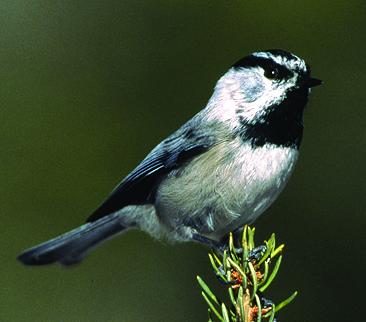
Whether it be a lake, a river or a woodland stream, a prairie pothole or a spring-fed creek, bird species tend to concentrate around wet areas - as do plant and insect species, critical elements of their natural support system. Not by coincidence, our wildlife refuge system is also based on wetland areas, and these are some of the best places to observe our native birds.
Montana has twenty-one National Wildlife Refuges scattered throughout the state, many of them with visitor centers staffed with knowledgeable and friendly people. Four refuges comprise the National Bison Range complex in northwestern Montana and together cover the most diverse habitat and more than 14,000 acres. The largest in the state is the Charles M. Russell NWR, which covers 1700 square miles, including the massive Fort Peck Reservoir.
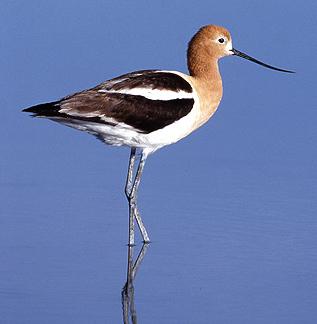
Benton Lake NWR, just north of Great Falls, has been recognized by the Western Hemisphere Shorebird Reserve Network as an internationally significant shorebird site. Some of the breeding shorebirds you will see as you drive along the levees are Long-billed Curlews and Marbled Godwits, American Avocets and Wilson’s Phalaropes, the latter a small bird that spins little circles in the water like a bathtub toy. Shorebirds, however, make up only a fraction of the species at Benton Lake. Burrowing Owls nest in old prairie dog holes; male Sharp-tailed Grouse dance for their mates a short distance from a viewing blind; Yellow-headed Blackbirds holler out their raucous call from the tips of cattails; Golden Eagles and Northern Harriers hunt high and low over the grasslands; and the exquisite liquid call of the Western Meadowlark (Montana’s state bird) floats across the refuge from all directions.
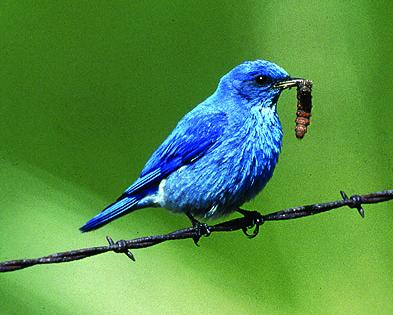
Just to the west of Benton Lake NWR is Freezeout Lake Wildlife Management Area near Fairfield. Despite its own delightful variety of bird species, Freezeout is famous for one thing: the spectacle of 300,000 Snow Geese and 10,000 Tundra Swans that use it as a staging area on their way south each fall. Upwards of 60,000 geese will be on the lake or feeding in the adjacent barley fields on a single autumn day, and the rush of wings from a 10,000-plus flock of these beautiful black and white birds suddenly rising off the water is a sound like no other, carrying for miles across the prairie. In March the geese, swans and other waterfowl stop again at Freezeout on their way north to breeding grounds in Saskatchewan and Alberta.
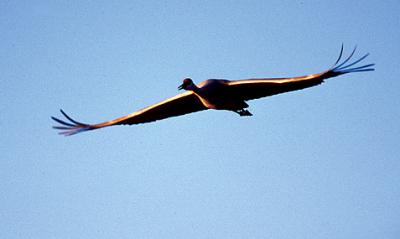
The Ninepipe and Pablo NWR complex in northwestern Montana lies in the shadow of the stunning Mission Mountains and consists of more than 800 glacial potholes, a 1770-acre reservoir, and miles of surrounding grassland. If you drive in at dawn, you might see a Short-eared Owl perched on a fencepost while Marsh Wrens chatter away in the cattails. Out on the water, among the many nesting waterfowl species, you can see large numbers of Double-crested Cormorants and White Pelicans, as well as the occasional eagle. Look up now and then and you may see Black Swifts, feeding on insects among the many swallows.
From Ninepipe, a short drive to the National Bison Range brings you to the native habitat of Grasshopper Sparrows, Warbling Vireos, Mountain Chickadees and Lewis’s Woodpeckers, among many others. The Red Sleep Mountain Loop is one of the most beautiful drives in the state. From the visitor center the paved road gains 2000 feet in altitude, providing wondrous views of the Flathead Valley and mountains in all directions. In spring and summer, any stop along this road will provide an opportunity to see and hear interesting birds.
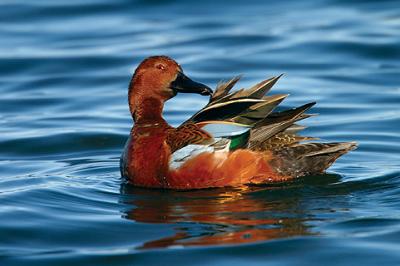
Five hundred miles or so to the east, in northeastern Montana, Bowdoin and Medicine Lake NWR’s and the surrounding areas provide birding opportunities unique to the state. Summer Tanagers, Orchard Orioles and endangered Snowy Plovers are just a few of the species that call this area home in the summer.
You don’t need to visit a dedicated refuge to see amazing birds. For instance, on Kelly Island, just outside Missoula, often you can stand in one spot and see six species of woodpeckers. At the top of the Beartooth Highway, south of Red Lodge, the most common birds are American Pipits and Black Rosy Finches. Stop at a picnic area in Yellowstone and you’re likely to see Gray Jays and Clark’s Nutcrackers, both referred to as camp robbers for their willingness to take food from you, usually without your consent. A drive or walk along any wooded riparian area will yield warblers, thrushes, and swallows, flycatchers, nuthatches and chickadees. Hike an old logging road and see Townsend’s Solitaires and the beautiful black and cobalt Steller’s Jay. A trip to prairie habitat is likely to produce longspurs, grassland sparrows and buntings. Wet meadows are favorites of Sandhill Cranes and Wilson’s Snipe. And wherever you are, in any habitat, you can find raptors: Golden or Bald Eagles, Prairie or Peregrine Falcons, Red-tailed, Swainson’s or Ferruginous Hawks, Northern Harriers or Osprey.
Although Montana has a great variety of resident birds any time of year, the best time to bird the Big Sky is from late April to late July, when breeding birds are active, singing and displaying for their mates or feeding young. Spend a day in the field with an open ear and good binoculars and you will come to appreciate the words of Pablo Neruda: “It was passed from bird to bird, the whole gift of the day.”
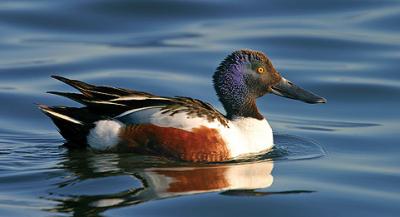
Resources for Bird Watchers...
Birding Montana By Terry McEneaney
Paperback, 316 pages
A comprehensive state-wide guide with detailed maps and directions.
Montana Audubon
P.O. Box 595, Helena, MT 59624
406-443-3949
Local Audubon chapters organize many free guided field trips throughout the year. Contact Montana Audubon for local chapter information.
Wildlife Refuge Information
Wild Birds Unlimited Stores
111 S. 24th St. West Suite 22
Billings, MT 59102
406-245-1640
2622 W. Main St.
Bozeman, MT 59715
406-586-8861
2727 South 3rd West
Missoula, MT 59804
406-543-3333
Other birding stores
Wild Bird Mercantile
1807 3rd St. NW Suite 18
Great Falls, MT 59404
406-452-9377
Birds & Beasleys
70 S. Park Ave.
Helena, MT 59601
406-449-0904
Bird Watcher’s Country Store
202 E. Main
Missoula, MT 59802
406-547-3221
The Bird Feeder
2638 Hwy 2 E.
Kalispell, MT 59923
406-293-3643
~ Jeff Pentel has been birding since the age of five. A freelance photographer, writer, and guide in Bozeman, he spends winters guiding and photographing in New Zealand.
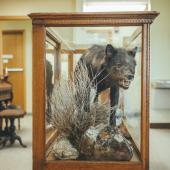
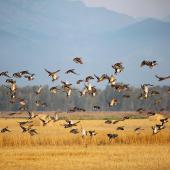


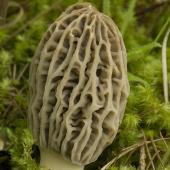
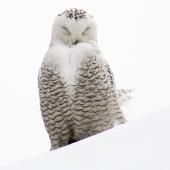

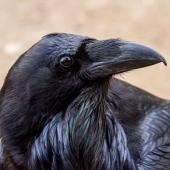
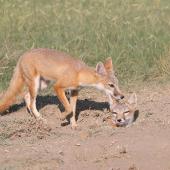
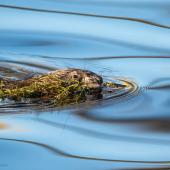

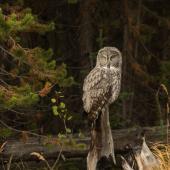
Leave a Comment Here